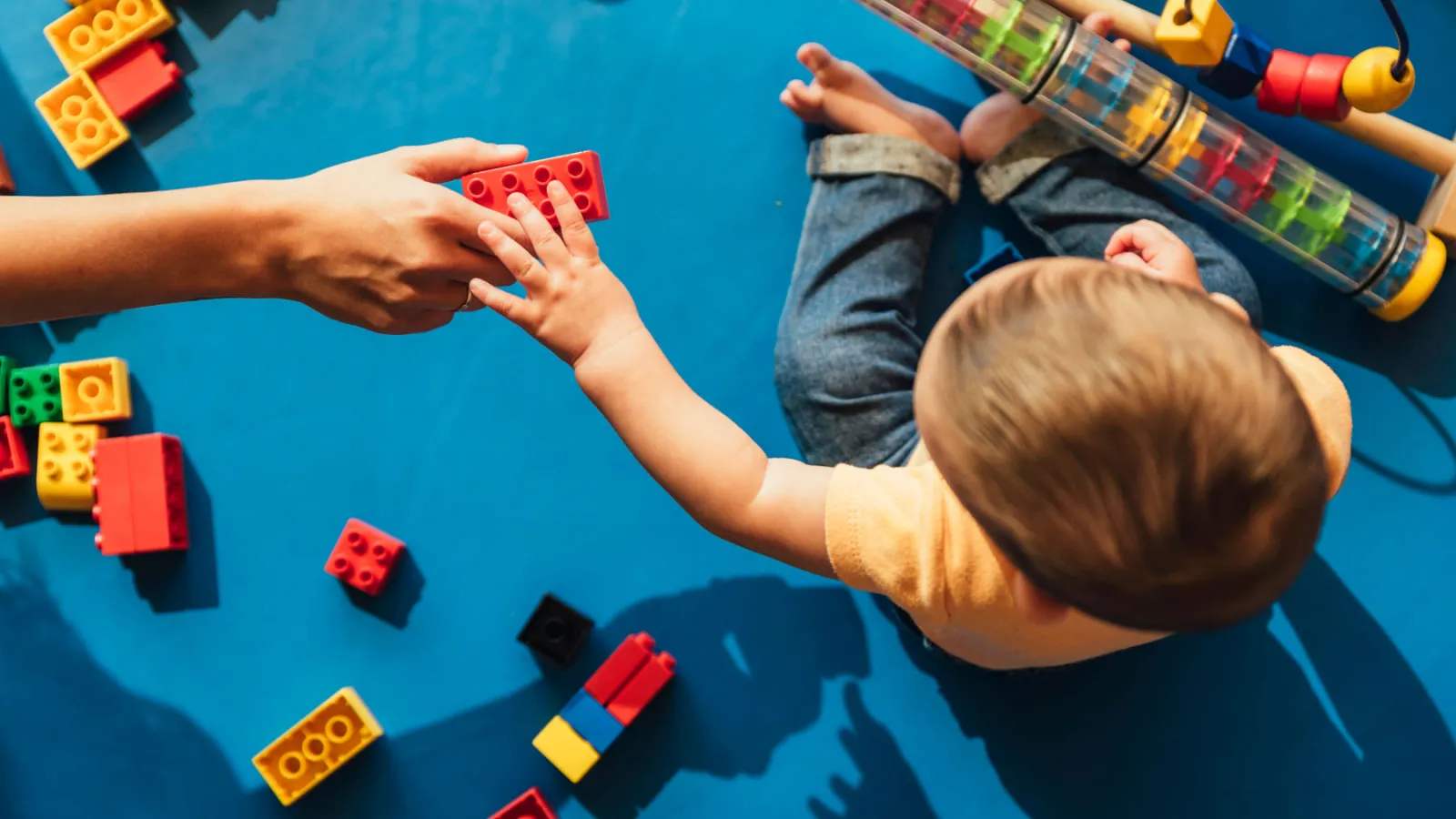Banner

Title
resources
Resource Library
Our Resource Library contains materials and assistance for early childhood educators and those they serve. Explore our selection of podcasts, tip sheets, websites, documents, and self-study courses.
Results: Page 10 of 11
| Resource Name | Description | Resource Type |
|---|---|---|
| The Center for Siblings | The mission of The Center for Siblings is to "help siblings of people with disabilities feel seen, supported, and empowered -- with a focus on providing early intervention for young siblings." Their work focuses on:providing multimedia resources and education for parents, relatives, service providers, and siblings themselvesspreading awareness of sibling issues throughout the general populationproviding programming to support young siblings, particularly through a lens of artistic expression. | Website |
| The Community Hub: Kohl's Autism Awareness | This centralized source of resources builds awareness and understanding of people living with autism spectrum disorder in our communities. The Community Hub provides a vast amount of practical resources to enhance function and quality of life, increase safety, and improve the effectiveness of community services. By using the Community Hub, individuals with autism, family members, professionals, service providers, and other members of the community can feel more comfortable during common daily activities at home, school, and other community settings. | Website |
| The Watson Institute | The Watson Institute today is an educational organization, specializing in educating children with special needs, as well as those professionals and pre-professionals who serve children with special needs. We offer inclusive summer camp programs and provide child assessment and therapy for children and adolescents with autism. We also provide educational programming with a partial hospital component to children and adolescents with severe emotional disturbances. We've given a well-deserved break to families through our CareBreak and respite programs. | Website |
| Therapro | Therapro: The therapy resource for families and professionals! We provide therapists, teachers, parents and other caregivers with the highest quality and most economical therapeutic and educational resources for all ages and abilities, from kids to adults. Our goal is to provide unique speech and occupational therapy supplies for preventive, developmental, and rehabilitative care. With the right tools, including occupational therapy assessments and evaluations, kids and adult activities, games, products and toys, developing gross motor skills, fine motor skills and communication skills is less frustrating, and will result in better outcomes in a shorter period of time. | Website |
| Tips for Early Care and Education Providers | Some of the top researchers in the country offer helpful tips and concepts to support work with young children with Autism Spectrum Disorder (ASD). The tips are based on concepts of learning and development that can be worked into everyday routines. Each tip describes a concept, why the concept is important, and a step-by-step description of how to work these simple concepts into everyday routines. | Document |
| Top Autism Organizations and Web Resources | From Reading Rockets:Browse this list of organizations and web resources focused on advocacy, information, and support for families and educators of children with Autism Spectrum Disorder. We’ve also identified helpful federal agencies and ASD projects funded by the U.S. Department of Education, Office of Special Education Programs. | Website |
| UC Davis MIND Institute | The UC Davis MIND Institute (Medical Investigation of Neurodevelopmental Disorders) is a collaborative international research center, committed to the awareness, understanding, prevention, care, and cures of neurodevelopmental disorders. | Website |
| Visual Supports and Routines: Guiding Behavior in Early Childhood | Explore the use of visual supports and routines for young children. Recognize the importance of creating a supportive environment where all children can grow and learn together, regardless of ability. Collect examples of specific visual supports you can use with young children. Knowledge and Competency Framework AreasI: Child Development and Learning (5 hr)II.A: Creating Positive Learning Experiences (5 hr)CDA Content Areas II: Steps to advance children’s physical and intellectual development (5 hr)VIII: Principles of Child Development and Learning (5 hr)Level 1 - ExploresAudio Coming SOON!New Navigation Tools:This self-study does not have audio available at this time.For optimal performance, please access this course from a computer or tablet.Click on the black box with 2 white arrows to view the self-study in Full-Screen Mode.Click on the black box with white eyeglasses to view the self-study in Accessibility Mode.For ten clock hours on your Learning Record, please register and pay online at Develop. Then, complete a 500 word reflection paper and submit this document with your reflection. Please note: You have access to this document as view only. To enable editing, download the document. Click "file" then "download as" in the upper left-hand corner of this screen. This will give you the option to open the document as a Word doc on your own computer. Then, you can complete the information and email it to: credit@inclusivechildcare.org. | Course |
| When Should You Worry about Your Kid’s Picky Eating? | Many kids are picky about what they’ll eat. Chicken nuggets, hot dogs and buttered noodles are known as staples of kids’ diets for a reason. But for some kids, it’s more than just being picky. Here is an article written by Fraser Occupational Therapist and Feeding Clinic Mentor Laura Deering and Fraser Clinical Services Manager Valerie Olheiser. | Website |
| Why Should You Create a Sensory Bin for your Child? | Gina Gibson, Fraser Sensory Inclusion Specialist and Fraser Pediatric Therapy Staff writes, "creating a sensory bin for your kids is one way to encourage sensory play. Sensory bins can be particularly beneficial for children struggling with language, children with developmental disabilities or those with food or sensory sensitivities." | Website |
Results: Page 10 of 11